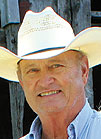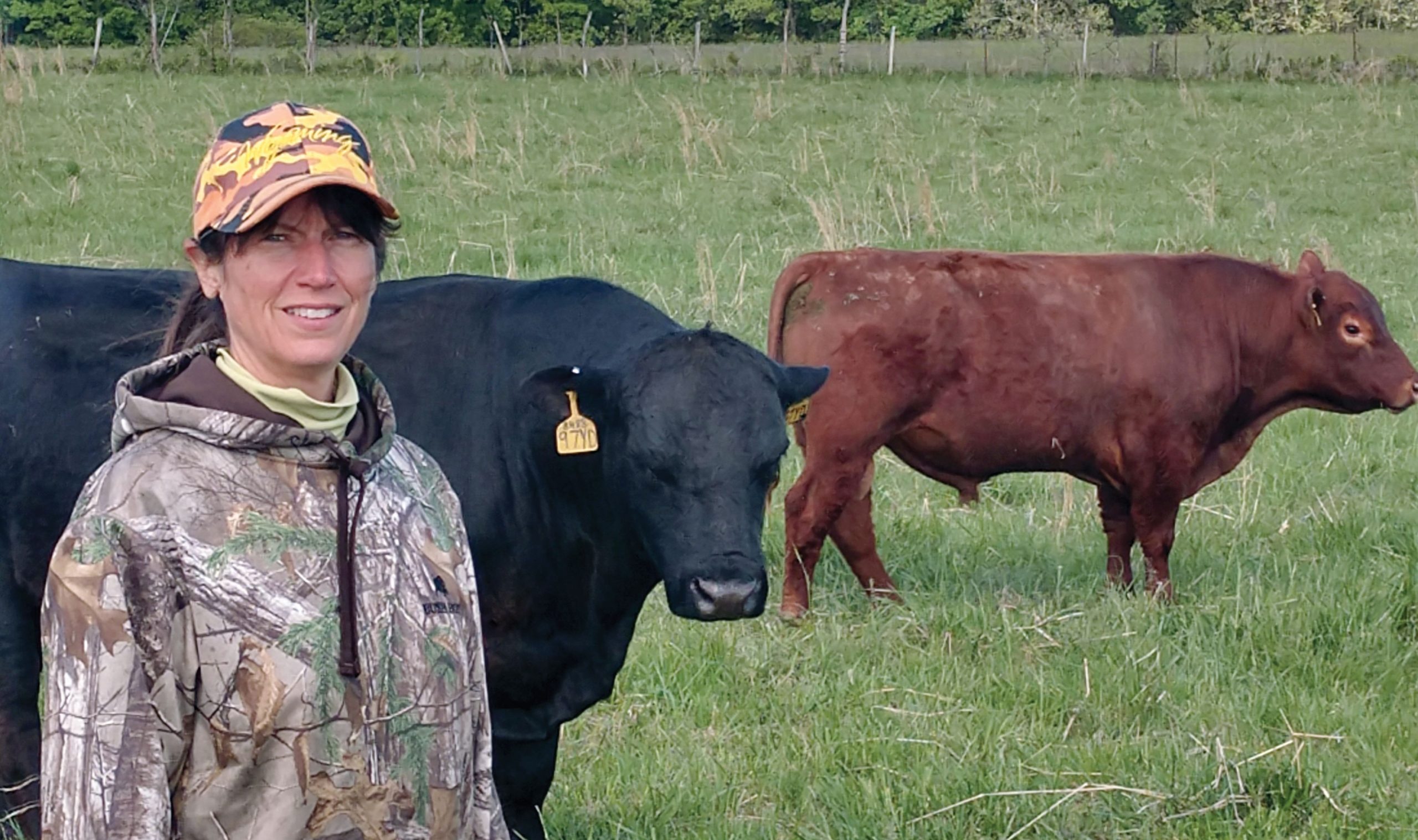
Jon and Ann Goodnight’s Spring Valley Farm is located on old Route 66 near Bois D’ Arc, Mo., and was originally owned by Ann’s grandfather, who operated a Grade A dairy.
Today, the Goodnight family shares the love of raising, breeding and showing Rambouillet sheep.
Ann, affectionately named “the farmer” by Jon, all the way to 10-year-old granddaughter Lilliaunna, who has already made her debut in the show ring, just love the wooly Rambouillet.
“We have been very blessed in the show ring,” Ann said. “We’ve never gone to a show that we didn’t walk away with something.”
The newest generation is just as passionate about raising sheep as those who preceded them.
The couple’s son, John Thomas and wife Valerie and children Bentley, Kirstin and Lilliaunna, all work with Rambouillet sheep. Their other son, Jim, and wife Tina and their sons, Gus and Garret, were into rodeoing in past years.
Jon and Ann’s story together began more than 50 years ago when a 19 year-old cowboy bet a coworker $5 that he could get a date with a pretty blonde who had just walked in the door at work. It took a couple of weeks of wooing and phone calls, but Ann finally acquiesced and Jon got the date.
The couple celebrates their 5Oth anniversary this year.
In 1948, Thomas L. Hayes moved the Phenix Quarry’s superintendent house to Spring Valley Farm. Additional remodeling was done to the home and it became the farmhouse that now stands on the property.
“In 1948 it was featured in the Springfield News-Leader as the ‘Up and Coming Ranch-Style Country Home,’” Jon recalled. The rails that were used to move the house from Phenix can still be see in the basement.
The family got their first sheep when a customer had a lamb that had fallen in a swimming pool.
“I had never seen a sheep except in pictures,” Ann recalled. “We got into raising sheep quite by accident. We talk to a lot of people and that’s how we learned and continue to learn to raise sheep.”
Currently, their biggest ram weighs 350 pounds.
“He was born and raised here through our genetics. He became Supreme Grand Champion in 2009 at the Colorado State Fair,” Ann said.
“Building genetics for the show circuit requires intense breeding.” Jon explained.
While genetics is key in their operation, the family still utilizes natural breeding.
“You turn your lead ram out with 40 ewes – using a colored chalk in the marking harness for 10 to 14 days to stimulate the sheep. Then, you turn a fresh ram out with a different color in the marking harness. The marking harness allows you to tell which ram mated with which ewe by the marking on its back. If you really want to get intense, do it a third time. Utilizing a marking harness allows you to record your genetics. The multicolored chalk allows you to see which ram mated with which set of ewes.
“The problem we’re having now is that our ram is too big for the harness,” grandson Bentley remarked with a smile.
“The other side of the coin is,” Jon continued, “there are big flocks that run males with them 24/7. So there’s constant lambing. However, because of the guidelines of the show, there is often need for intense breeding.
Gestation for a ewe takes five months. Typically, January through March 30 is considered a spring lamb and you try to get them on the ground January and February. Fall lambing occurs September through October. In theory, you can have a ewe lamb twice per year. In reality, they lamb once per year. It is a decision of management is what it all boils down to.”
When it comes to show season, the family puts several miles on their vehicles each year.
“You put the curl in the old girl and take her to town,” Jon said of the show strings.
Spring Valley Farm’s show string is taken to the Ozark Empire Fair in July, then they hit the road covering several states and usually don’t return to the Ozarks until October or November.
The family attends shows for the fun and competition. They try to instill in their grandchildren that you don’t go just to win.
“You want to win, but if you don’t win it’s OK,” Ann said. “There’s times when you win and times when you lose. You should always be courteous. You tell the judges ‘thank you.’ It doesn’t matter if it goes your way or not. It’s been a really good experience for us, and for the kids and grandkids. It has been a real blessing, and a lot of work… But its good work.”
Jon and Ann have created a legacy at their Spring Valley Farm that started with a persistent cowboy and a $5 bet – or did it? Perhaps destiny played a roll.
Jon’s parents came to visit a few years ago and that prompted a trip to retrieve old family photos. In all the photos, one distinctly stood out; a photo captioned December 1940 – Automotive Aftermarket Convention, Chicago, Illinois. Seated at the head of the table was Ann’s grandfather. Seated at the end of the table – Jon’s grandfather, six years before Jon or Ann were born.







